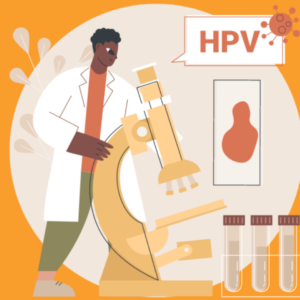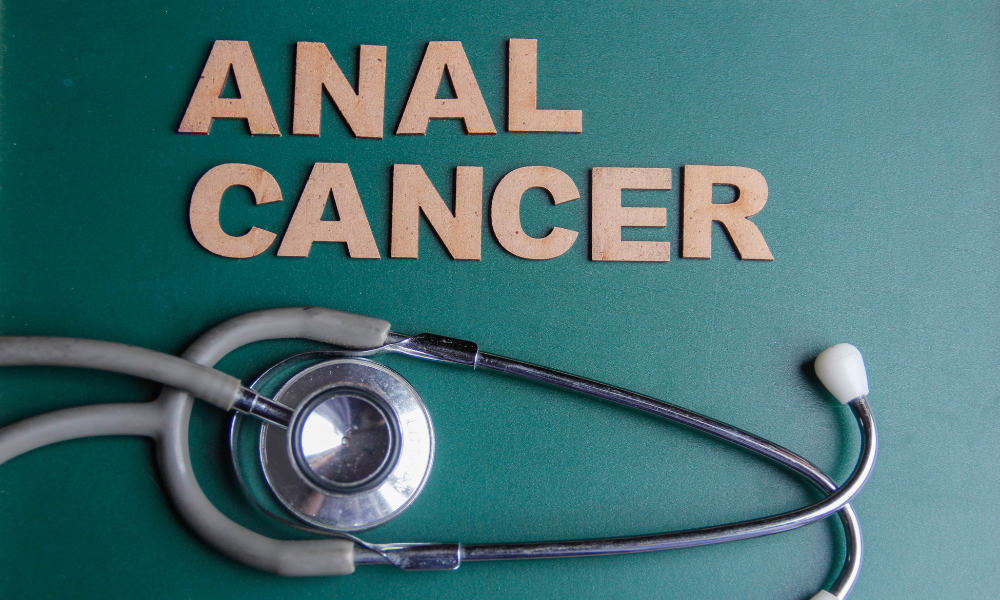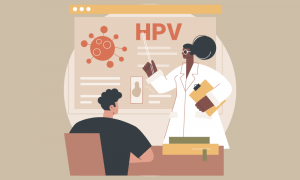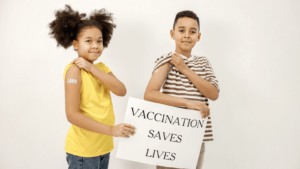The American Cancer Society estimates that there were about 10,540 new cases of anal cancer in the U.S. in 2024, with approximately 2,190 deaths. Women are affected more than men, although men who have sex with men (MSM) are at high risk for anal cancers.
What is anal cancer?
Most anal cancers are squamous cell carcinomas that develop in the anal canal (the passage linking the lower intestine to the outside of our bodies). Squamous cells are tough, flat cells that are part of the epidermis (the top most layer of skin).
Signs and Symptoms:
- Bleeding, itching, discharge, or pain with the anus or rectum (symptoms can mimic those found with hemorrhoids)
- Lumps or bumps in the anus
- Swollen glands in the groin or anus
- Change in stools or bowl movements (going more or less often)
Not all cases involve symptoms, or symptoms might be minor
What are risk factors for anal cancer?
- Infection with high-risk HPV types
- Having a weakened immune system (for example, being HIV positive or a transplant patient)
- Anal sex
- A history of having cervical or vaginal cancer
- Smoking
What is the link between HPV and anal cancer?
As with cervical cancer, high-risk types of HPV are found in most anal cancers. HPV produces proteins that are able to ‘turn off” other proteins that the immune system uses to suppress and clear tumor cells. Hampering the immune response in this way is a key part in allowing cells to become abnormal and progress along to cancer.
Transmission of HPV to the anal canal is usually (but not always) by anal sex. Since HPV is passed on through skin-to-skin contact with an area that contains the virus, penetration is not necessary for transmission to occur. Fingers and sex toys are also possible routes of introducing HPV to the anus, especially when HPV-related lesions are present in the genital or perianal area.
Women and MSM are not the only ones at risk. It’s not uncommon for anal HPV to be detected in men who report no history of sexual contact with other men, and in women who have never had anal intercourse.
Screening tests
Anal cytology (also called an anal Pap test) involves taking cell samples from the anal canal which are then viewed under microscope and examined for abnormalities. Much like cervical cytology, anal Paps seek to find abnormal cell changes or lesions of the epithelium (surface of the skin), ideally before cancer develops.
Precancerous anal lesions are referred to as anal intraepithelial neoplasia (AIN) or anal squamous intraepithelial lesion (ASIL). Depending on their severity, size, and risk to progress to cancer, lesions can be classified as either low-grade or high-grade.
Follow-up for patients with abnormal cell changes detected is high resolution anoscopy (HRA). A procedure similar to cervical colposcopy, HRA uses a special microscope to examine the anal area. Any suspicious lesions detected are biopsied.
Treatment
Low-grade lesions are often monitored, while high-grade lesions may either be monitored or treated. Treatment for anal cancer includes:
Prevention
- The HPV vaccine is approved for the prevention of anal cancers in males and females ages 9-26.
- Condoms aren’t 100% effective at preventing HPV transmission, but using them consistently and correctly can reduce the chance of acquiring the virus.
- Stop smoking.
- Anal Pap tests for those with risk factors for anal cancer (see What are risk factors for anal cancer above).







